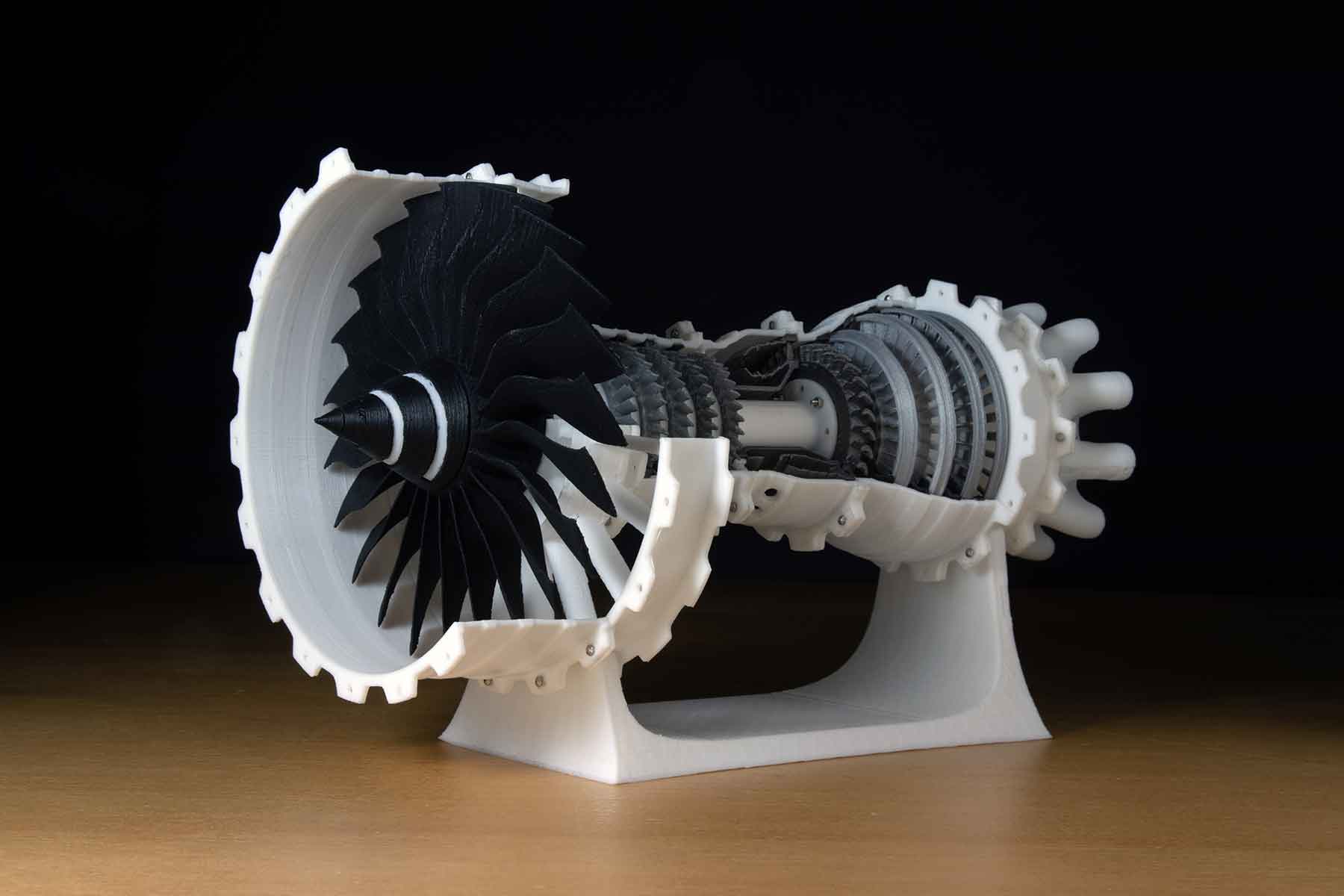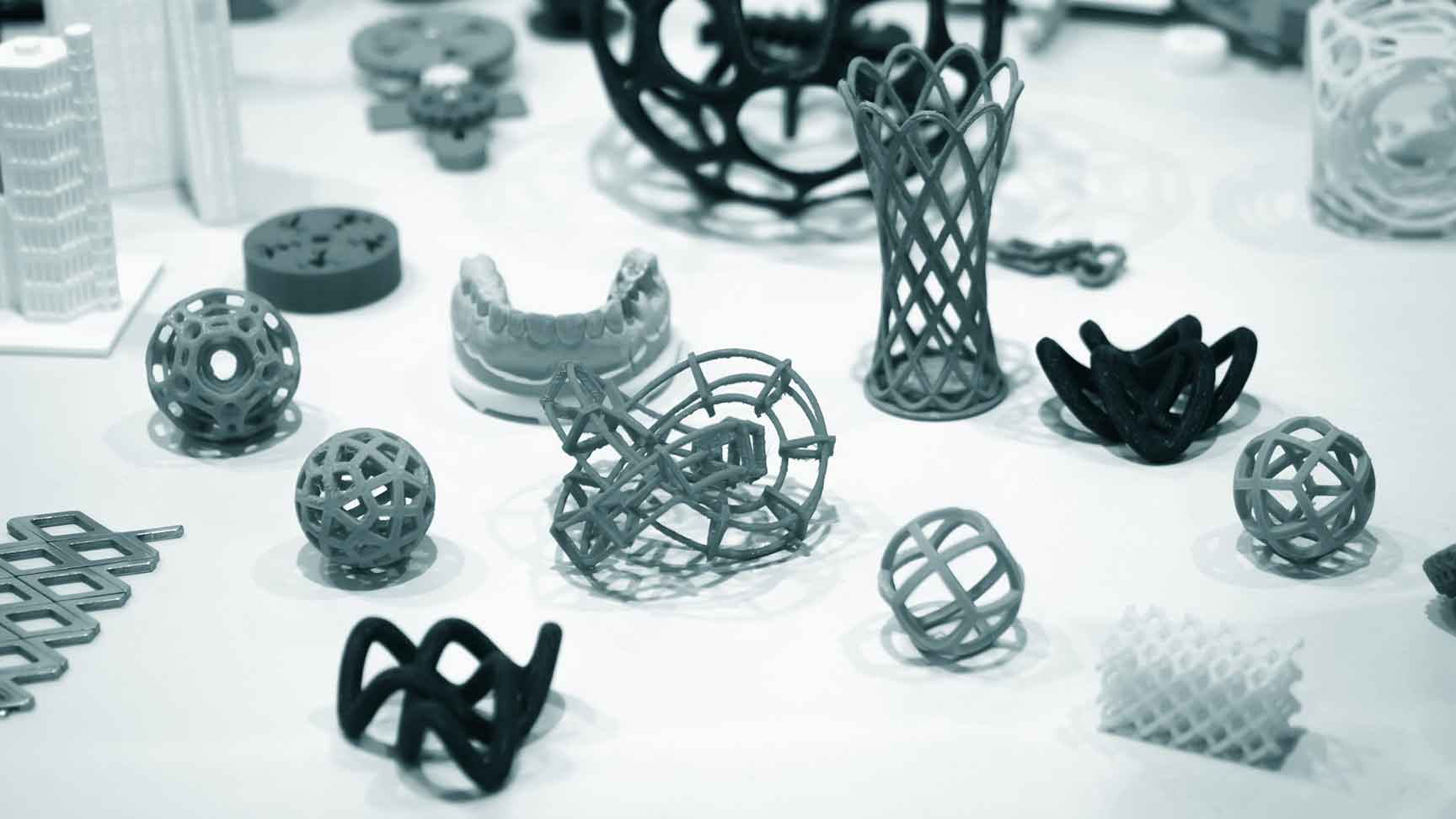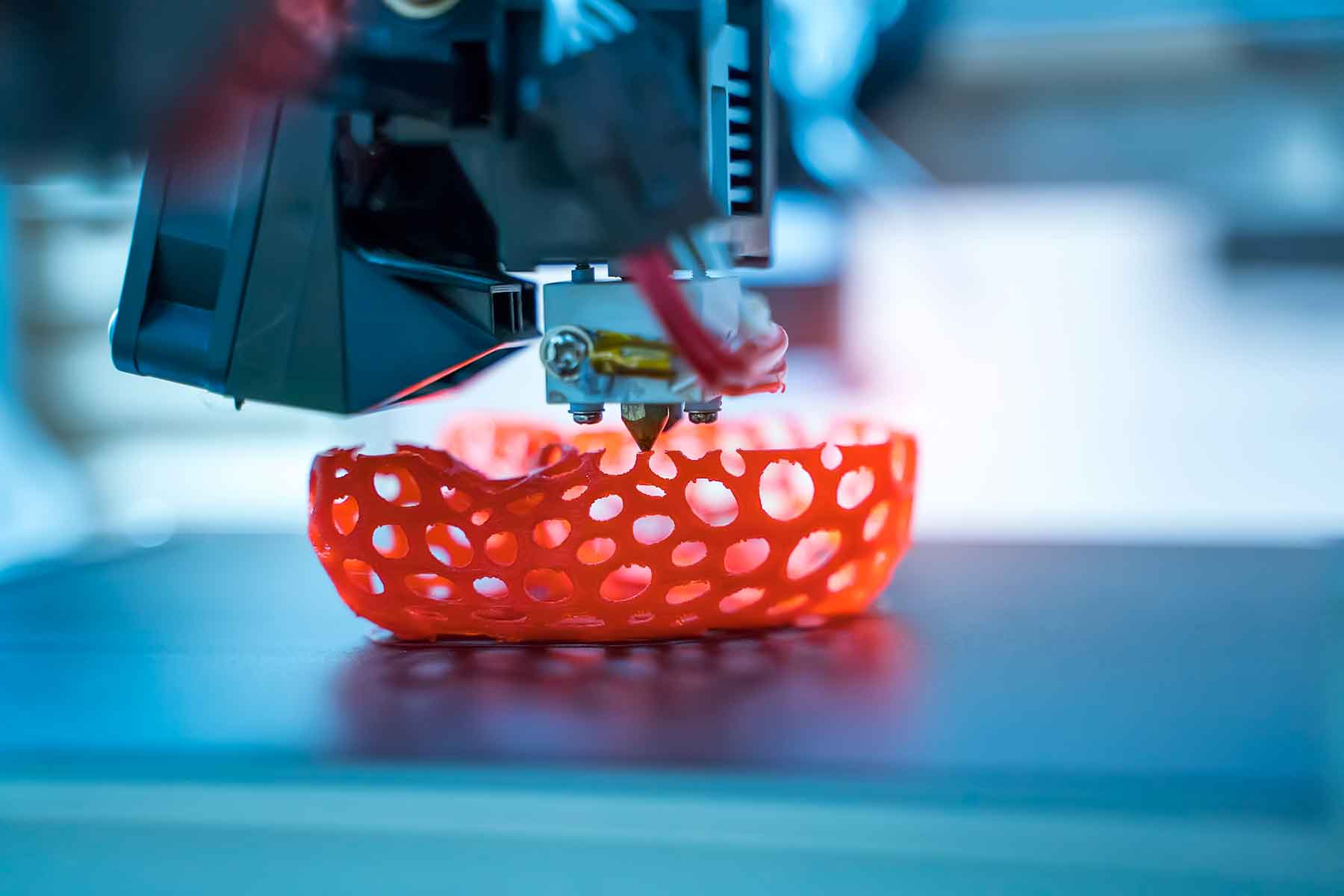In the ever-evolving landscape of manufacturing, one technology stands out for its ability to revolutionize design possibilities: additive manufacturing (AM), also known as 3D printing. AM has opened new frontiers, enabling manufacturers to push the boundaries of design flexibility and unlock a world of innovative possibilities. Let’s explore how additive manufacturing enhances design flexibility when it comes to manufacturing parts, and the benefits it brings to various industries.
Traditional manufacturing processes often struggle with intricate designs that involve complex geometries. Additive manufacturing overcomes this limitation by building parts layer by layer. This layer-by-layer approach allows for the creation of complex shapes, intricate internal structures, and organic forms that would be challenging or impossible to achieve using conventional methods. From lightweight lattice structures to optimized internal channels, AM empowers designers to explore uncharted design territories and unlock the full potential of their imagination.
Additive manufacturing enables customization without sacrificing efficiency or cost-effectiveness. Manufacturers can create personalized parts tailored to individual customer requirements. Whether it’s medical implants perfectly fitting a patient’s anatomy or personalized consumer products, AM allows for cost-effective production of one-of-a-kind items. This customization potential creates exciting opportunities for industries such as healthcare, automotive, and consumer goods, where personalized solutions are increasingly in demand.
Weight reduction is a crucial consideration in industries such as aerospace, automotive, and robotics. Additive manufacturing allows for the creation of lightweight parts by optimizing internal structures, utilizing lattice designs, and minimizing material usage. This leads to improved performance, fuel efficiency, and cost savings. By leveraging the design freedom provided by AM, manufacturers can create components that strike the perfect balance between strength, weight, and functionality.
Additive manufacturing enables the integration of multiple components into a single part, eliminating the need for assembly and reducing overall complexity. By consolidating parts into a single unit, manufacturers can enhance product durability, reduce weight, and simplify supply chains. This consolidation not only streamlines production but also minimizes the risk of component failure or misalignment, resulting in more robust and reliable products.
Additive manufacturing has emerged as a game-changer, empowering manufacturers with unparalleled design flexibility. By leveraging this technology, companies can create complex geometries, customize parts, optimize weight, and integrate multiple components seamlessly. The benefits extend to a wide range of industries, from aerospace and automotive to healthcare and consumer goods. As additive manufacturing continues to advance and mature, we can expect even greater design possibilities, leading to remarkable innovations and enhanced competitiveness in the manufacturing world. Embrace additive manufacturing, unlock the power of design flexibility, and reshape the future of part manufacturing.




